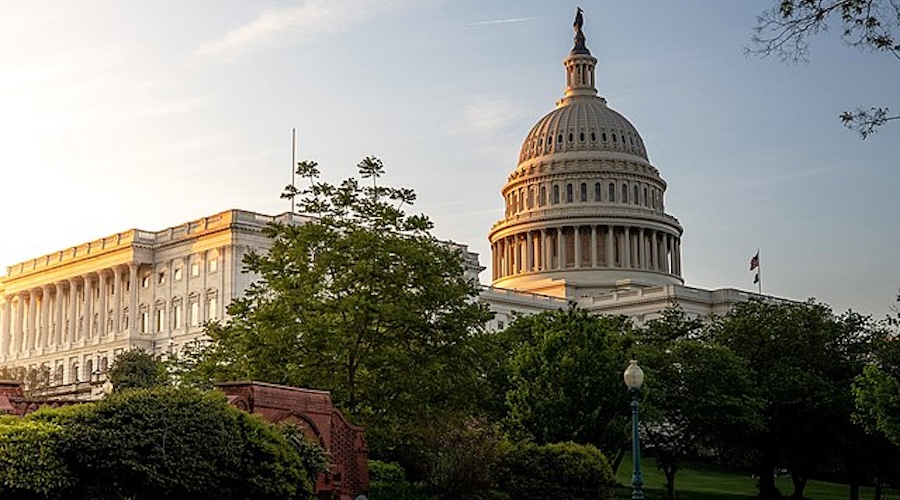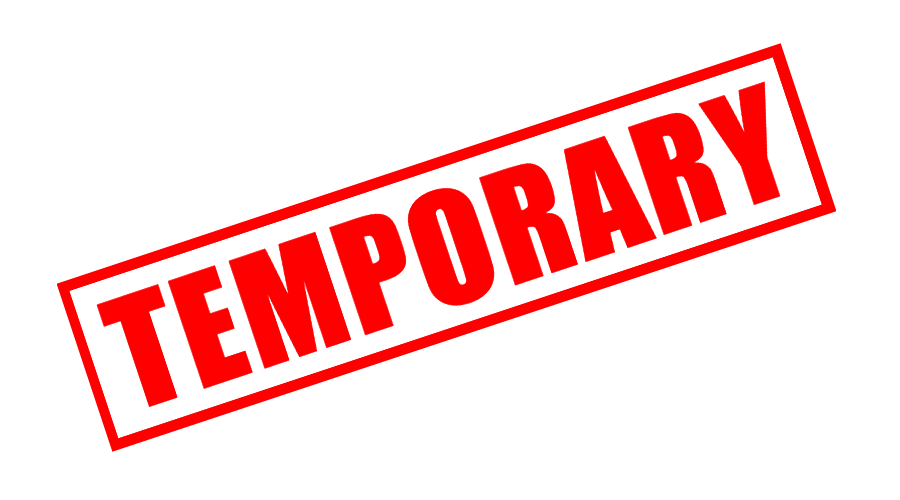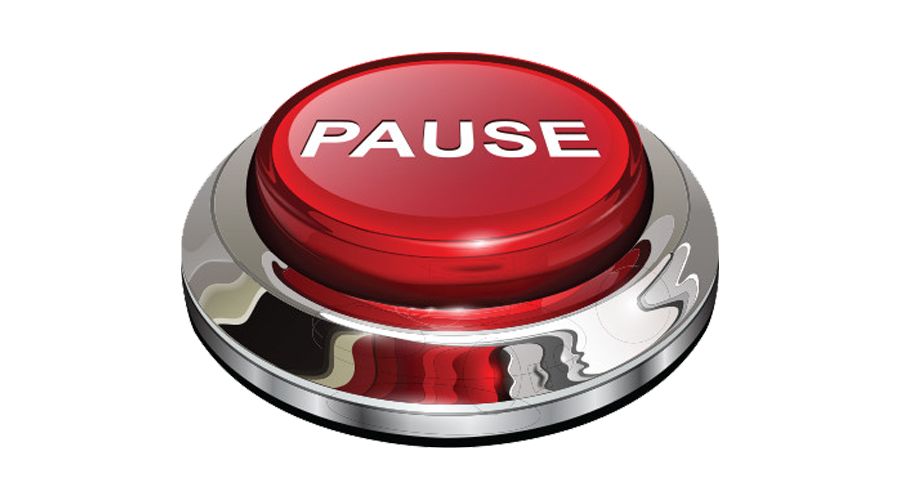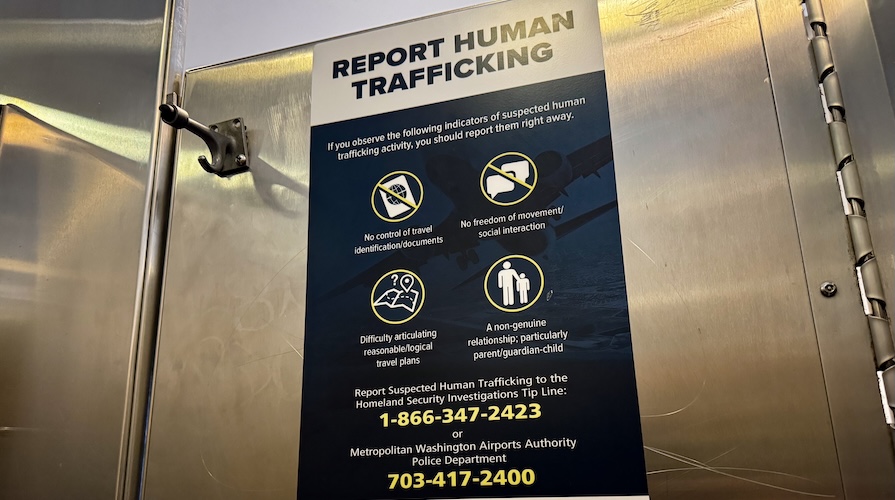
Hesburgh Select Commission on Immigration and Refugee Policy
Report - Tuesday, May 5, 1981
Immigration Levels at the time of the final report:
- Average annual legal immigration: 547,000
- Average annual deportations + voluntary departures: 894,000
- Estimated illegal population: 4,000,000
The bipartisan, 12-member Hesburgh Commission was established by law in 1978 and directed to “study and evaluate...existing laws, policies, and procedures governing the admission of immigrants and refugees to the United States and to make such...recommendations to the President and to the Congress as are appropriate.” The Commission was named after its Chairman, Rev. Theodore Hesburgh, who was the President of the University of Notre Dame.
The Commission presented its final report, U.S. Immigration Policy and the National Interest, to President Reagan and the Congress on March 1, 1981. The report makes clear that enforcement was a priority for the commissioners. In fact, the first 10 recommendations call for enforcement actions. The Hesburgh Commission endorsed border security, secure documents, employer sanctions, and deportation—paid for by the alien where possible. It even recommended that “a fully automated system of nonimmigrant document control should be established in the Immigration and Naturalization Service to allow prompt tracking of aliens and to verify their departure.
The Hesburgh Commission is the first such body to also have recommended amnesty for some share of the illegal aliens in the country at that time (the report did not elaborate on what the criteria would be). However, the commissioners made clear that the amnesty should begin only “when appropriate enforcement mechanisms have been instituted.”
Rev. Hesburgh and his colleagues also suggested changes to the H-2 nonimmigrant visa—at that time, unskilled temporary workers and agricultural workers entered the United States on the same H-2 visa, rather than the H-2A and H-2B visas we have now—including improvements in the timeliness of decisions on petitions for H-2 workers and elimination of the economic disincentives to hire U.S. workers by, for example, requiring employers to pay FICA and unemployment.
Like every Commission that preceded it, the Hesburgh Commission was particularly uneasy with a perceived dependence on foreign labor in certain industries, and with the impact that could have on U.S. workers:
The Commission believes that government, employers, and unions should cooperate to end the dependence of any industry on a constant supply of H-2 workers.
Download Report
Hesburgh Select Commission on Immigration and Refugee Policy

Fact Sheet - The U.S. Immigration System

Fact Sheet - Temporary Protected Status: De Facto Amnesty

Fact Sheet - The Visa Lottery: Surrendering Sovereignty to Random Chance

Fact Sheet - Pause Admissions Until Security Ensured (PAUSE) Act of 2025, H.R. 6225

Fact Sheet - J Visa: Cultural Exchange Visa Turned Cheap Labor Conduit
